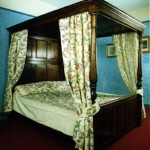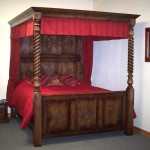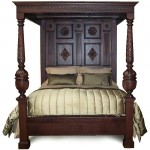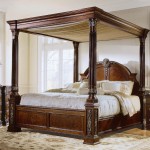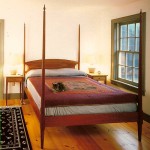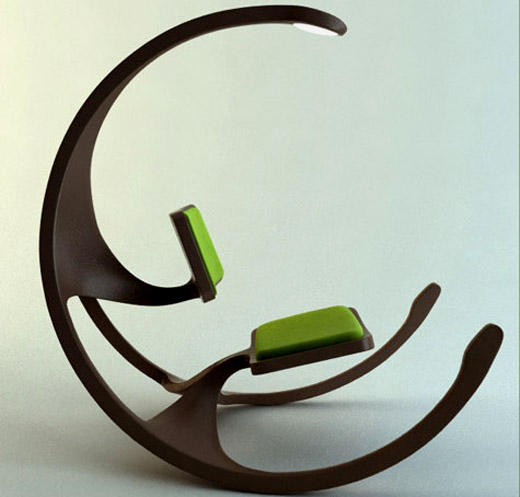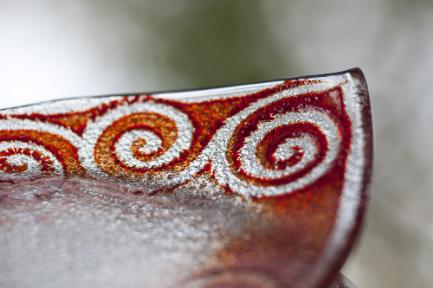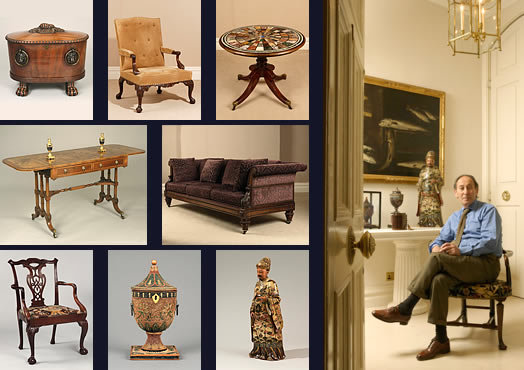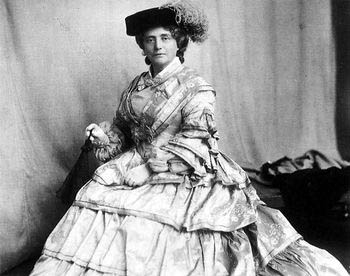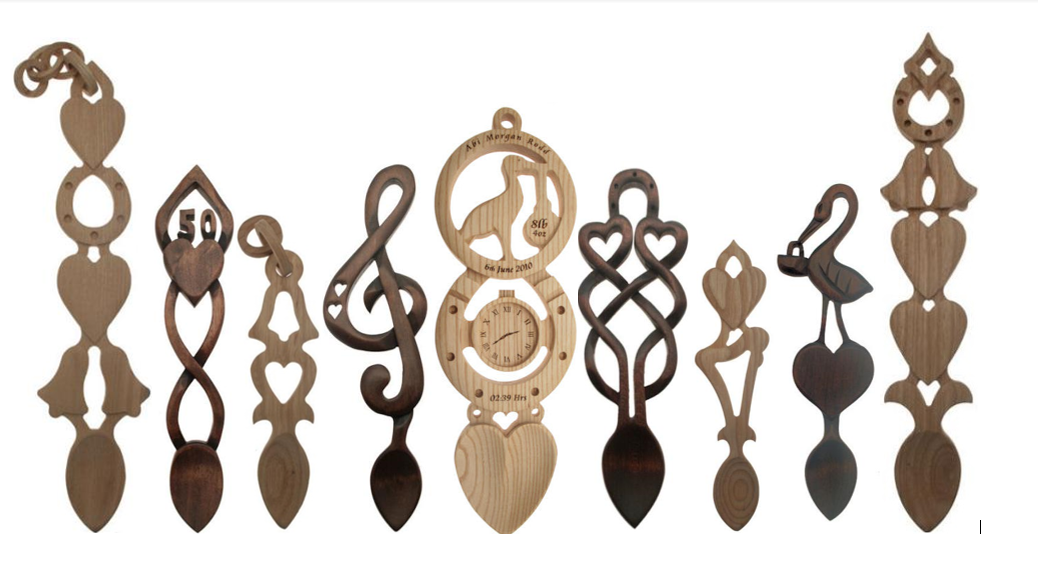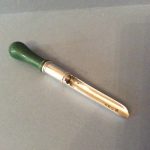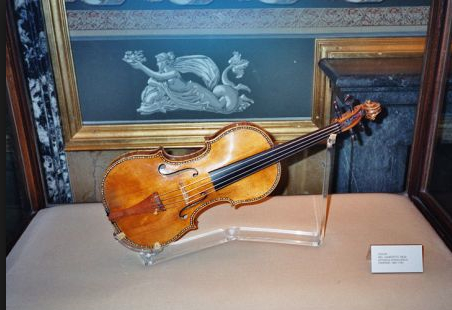In medieval times, the ownership of beds was a luxury that only the very affluent could afford. For the majority of people during this era, sleeping arrangements were far more modest, with individuals often resorting to resting on the bare floor or any soft material they could find, while gathering around a hearth for warmth. Beds, as we know them today, were a symbol of opulence and prosperity, exclusively reserved for the nobility and the elite.
The status and wealth of an individual were closely intertwined with the size and grandeur of their bed. At the height of luxury were the renowned four-poster beds, which made their debut in England during the fifteenth century. These iconic four-poster beds earned the moniker “the bed of kings and the king of beds.”
Early iterations of beds were typically constructed against a wall, featuring wooden paneling and curtains that enveloped the sleeping area. These curtains served a dual purpose: shielding fortunate occupants from the cold drafts of winter and blocking out the early morning light during the summer months. Bedding in this era primarily comprised thick quilts and, notably, animal furs, which provided additional warmth.
The mattress, however, was composed of straw, referred to as a “matted-truss.” While it represented an improvement over sleeping directly on the hard ground, straw mattresses were not the epitome of comfort. Those of substantial means would go a step further by importing feather toppers from France to place atop their straw mattresses. To prevent direct contact between the straw and feathers, a layer of cloth or hessian was interposed. This was due to the fact that, at the time, the British had not yet mastered the art of preserving or processing feathers, necessitating the importation of French feathers as the sole available option for such luxurious bedding.
Four-poster beds were such a status symbol that when lords went about their business, visiting manors around the country, they would have their beds dismantled, packed up, and carted off ahead of them, so they could be re-assembled, made up, warmed up, and found waiting for the weary lord on his arrival. As well as impressing the hosts with the grand bed, the lord would also be sure to get a good night’s sleep, as not all manors could afford such luxuries for visitors.
Beds were held in such high regard and were of such great value that they were often mentioned as individual items in wills. It was the custom for a bed to be left to the widow as a sentimental heirloom. After all, the bed was the place where she gave birth to many children and, more than likely, the place where the old husband took his last breath.
Interestingly, disgraced aristocrats or bankrupt merchants would have their assets sent to auction to pay off their debts. One of the highlights of these sales was the unlucky owners’ beds. The wondrous wooden carvings, rich tapestries, and feather mattresses were therefore eagerly fought over by aspiring private bidders, or antique dealers with a waiting list of clients keen to upgrade their bedrooms – for less money than buying new.
It was also common to receive a bed as a wedding present. More often than not, wedding beds are dated and inscribed with the couples’ initials carved deeply into the thick framework, and are incredibly desirable.
Bedrooms, or bedchambers as they were once known, were the favourite places for medieval ladies to receive visitors and to entertain their friends. All-day and all-night gatherings would take place in these rooms, and obviously, to do it right, a great four-poster bed would be needed. This custom of bedroom socialising also brought about the introduction of the day-bed or couch – perfect for the lady who just couldn’t manage to stay in bed all day, or maybe just more convenient than the bed for visitors to use.
Intriguingly, beds, as we recognize them today, were emblematic of wealth and success, exclusively gracing the abodes of nobility and the elite. An emblem of status and prosperity, the pinnacle of this era’s luxury was epitomized by the four-poster beds, which made their debut in England during the fifteenth century. These distinguished four-poster beds garnered the prestigious title of “the bed of kings and the king of beds.”
Early bed designs typically positioned the bed against a wall, incorporating wooden paneling and enveloping curtains to create a cocoon-like sleeping area. These curtains served a dual purpose: shielding the fortunate occupants from the chill of winter drafts and curtailing the intrusion of early morning sunlight during the summertime. Bedding during this era predominantly featured thick quilts and, notably, the inclusion of animal furs for added warmth.
However, the mattresses themselves were fashioned from straw, referred to as a “matted-truss.” While an improvement over sleeping directly on the ground, straw mattresses fell short of offering the utmost comfort. Those possessing substantial means would go a step further by importing feather toppers from France, strategically placed atop their straw mattresses. A layer of cloth or hessian acted as a barrier between the straw and feathers, owing to the British’s limited expertise in preserving or processing feathers, necessitating reliance on French feather imports as the sole source of such luxurious bedding.
Four-poster beds were valued to such an extent that when nobles embarked on their travels, visiting various manors across the country, they would have their beds meticulously dismantled, carefully packed, and transported ahead of them. Upon arrival, these beds would be expertly re-assembled, adorned, pre-warmed, and awaiting the weary lord. Not only did this impressive bed serve to dazzle hosts with its grandeur, but it also ensured a restful night’s sleep, as not all manors could afford such lavish accommodations for their guests.
Beds held such esteem and value that they were frequently mentioned as distinct items in wills. It was customary to bequeath the bed to the widow as a cherished heirloom, for it was the place where she had given birth to many children and, more than likely, where her departed husband had taken his last breath.
Curiously, disgraced aristocrats or financially troubled merchants would auction their assets to settle debts. One of the highlights of these auctions was often the beds of the unfortunate owners. The exquisite wooden carvings, lavish tapestries, and feather mattresses were keenly contested by aspiring private buyers or antique dealers with eager clientele looking to enhance their bedrooms at a fraction of the cost of purchasing new.
Additionally, it was customary to receive a bed as a wedding gift. These wedding beds were frequently engraved with the initials of the newlyweds, deeply carved into the robust framework, adding a personal touch to these highly sought-after pieces.
Bedchambers, or bedrooms as we know them today, held a special place in medieval society. They were the preferred venues for medieval ladies to receive visitors and entertain friends. Day-long and all-night gatherings frequently took place in these chambers, necessitating the presence of a grand four-poster bed. This tradition of socializing in the bedroom also contributed to the introduction of the day-bed or couch, offering a more convenient option for guests or for those who couldn’t remain in bed throughout the day.
Genuine ancient four-poster beds are exceedingly rare and seldom appear on the market. When they do, acquiring one demands substantial financial resources. Nonetheless, some splendid examples can be admired in stately homes and museums across the country. A notable specimen is “The Great Bed of Ware,” a colossal bed that can be observed at the Victoria and Albert Museum.
Richard enjoyed restful nights on this luxurious bed, albeit briefly, as he met his fate not far from the inn at the Battle of Bosworth Field. Following the battle, Richard’s staff hurriedly cleared his rooms, taking with them the rich hangings, the mattress, and the decorations. However, they left behind the massive and unwieldy four-poster bed with the inn’s landlord. As one might imagine, this bed became a prominent attraction at the inn, drawing visitors for many years to come.
Over the centuries, various landlords at the Blue Boar Inn, as it came to be known, succeeded one another. Each time a new landlord assumed the tenancy, the king’s bed was passed down as part of the inn’s fixtures and furnishings. Remarkably, over 100 years after Richard had left his bed to the inn, the wife of the then-landlord made an astonishing discovery. While preparing the royal bed for another visitor, she was startled to find an ancient gold coin rolling out from beneath it, across the floor. Excited and intrigued, she closely examined the bed and eventually uncovered its peculiar double-thickness bed boards. After some diligent prying of the aged timbers, she made a staggering revelation: the interior was brimming with gold coins and treasure. It was indeed a discovery that fulfilled the dreams of many—an unexpected fortune hidden within the confines of a once-regal bed.
Ancient four-poster beds are so rare that they hardly ever come on the market, and when they do you’ll need deep pockets to buy one. Some fabulous examples can be seen in stately homes and museums around the country, though. A wonderful example is The Great Bed of Ware, which is truly massive and can be seen at the Victoria and Albert museum.
A favourite four-poster bed of all time has to be the one that once belonged to King Richard III.
In August 1485, Richard arrived at the Boar’s Head in Leicester. The day before he arrived at the inn, his entourage had set up the king’s fabulous wardrobe and four-poster bed in the best chamber of the inn. The bed was a ponderous four-poster, richly carved, gilded, and decorated with amazing finery. It was noted that it was horrendously heavy and had a double-thick slatted base.
Here Richard slept happily on his luxurious bed – sadly not for long though bearing in mind soon after Richard was killed just down the road at the battle of Bosworth Field. After the battle, Richard’s staff hurriedly cleared his rooms and took with them all the rich hangings, the mattress, and the decorations, but left the massive and cumbersome four-poster with the landlord. The bed, as you might imagine, became quite a feature at the inn and a great attraction for visitors for many years to come.
Landlords at the Blue Boar, as the inn became known, came and went, and each time a new one took over the tenancy, the king’s bed was passed on as part of the fixtures and fittings. Over 100 years after Richard had left his bed to the inn, the then-landlord’s wife was shaking the royal bed and getting it ready for another visitor when an ancient gold coin rolled from underneath and across the floor. Surprised and excited, the lady of the inn carefully examined the old king’s bed. She soon discovered the strange double-thickness bed boards, and after some pulling and prising of the old timbers found to her amazement that the interior was filled full with gold coins and treasure – just what dreams are made of!


